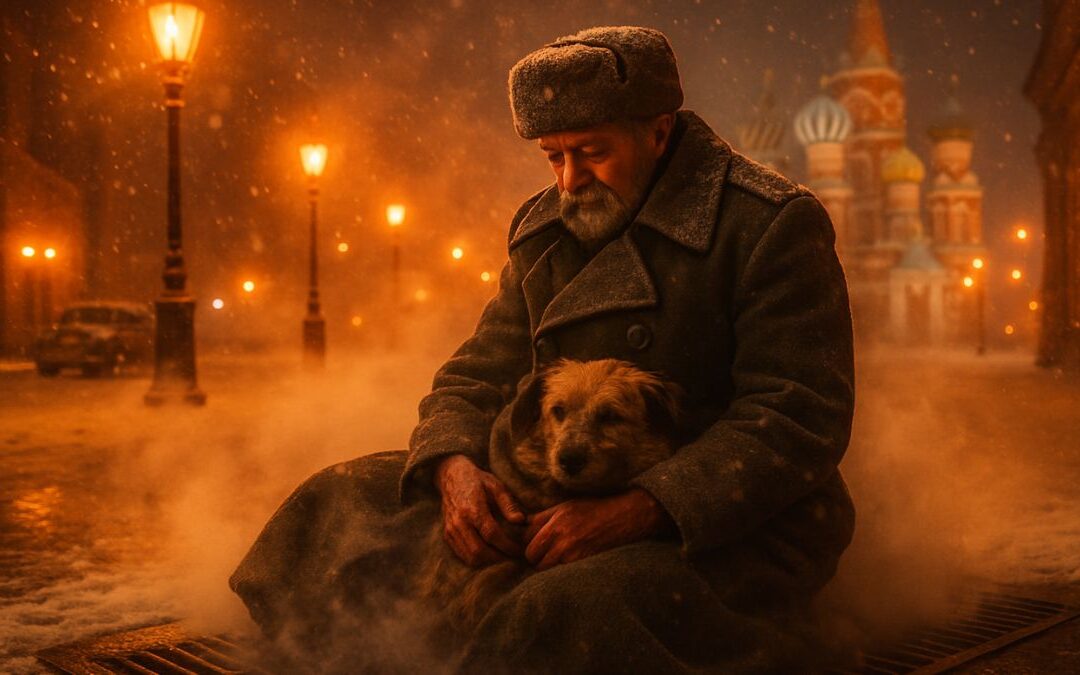The morning sun shines its rays upon a vibrant forest teeming with life. Each organism, from the smallest insect to the largest tree, forms a part of the grand tapestry of life, woven together by the threads of evolution and natural selection. Yet, these concepts, as fundamental as they are to our understanding of life, are often surrounded by questions. Let us embark on a journey to explore ten of these frequently asked questions, unveiling the mysteries of life’s enduring dance.
Once, in a conversation among curious minds, a question emerged: “What exactly is evolution?” Evolution, as profound as it might sound, is merely the process of change in all forms of life over generations. This alteration occurs as traits that enhance survival and reproduction become more common in successive generations of a population, shaping species over vast timescales. Think of it like a grand, slow-moving river, constantly eroding and shaping the landscape around it, creating new and diverse terrains as it meanders over millennia.
The river metaphor leads us naturally into our second question, “How does natural selection tie into evolution?” Like two partners in an intricate dance, evolution and natural selection are deeply intertwined. Natural selection, a mechanism proposed by Charles Darwin, is the process where organisms better adapted to their environment tend to survive and produce more offspring. It’s as though the river of evolution is guided in its path by the force of natural selection, choosing the path of least resistance and shaping life to best fit the landscape of the environment.
But one might then ask, “Are evolution and natural selection random processes?” It’s a fair question. While genetic mutations, which drive evolution, occur randomly, natural selection is anything but random. Natural selection meticulously sorts through these changes, promoting those that confer an advantage in survival and reproduction. Thus, while the inputs may be random, the outputs are, in a sense, purposefully shaped by the demands of the environment.
Then comes the question, “Can an individual organism evolve during its lifetime?” The answer is no. Evolution is a process that occurs over many generations due to changes in heritable physical or behavioral traits. Changes that occur within an individual’s lifetime may be a response to the environment, but they are not considered evolutionary because they are not genetically passed onto offspring.
So, how fast does evolution occur, one might ask? The pace of evolution is not constant. It can be swift or slow, depending on various factors like the rate of mutation, the strength of natural selection, and the generation time of the organism. Evolution can sometimes result in noticeable changes in a species in a relatively short time, while in other instances, significant evolutionary changes may take hundreds of thousands to millions of years.
Often, people wonder, “Is evolution a theory or a fact?” Evolution is both a fact and a theory. It’s a fact that populations of organisms have changed, and continue to change over time – we see this documented in a vast range of scientific disciplines from paleontology to genetics. The theory part comes into play when we seek to explain how and why this change occurs – where concepts like natural selection, genetic drift, and gene flow come into the picture.
“What evidence supports the theory of evolution?” is a common and important question. The evidence is abundant and comes from diverse fields of study. Fossils provide snapshots of the past, showing how organisms have changed over time. Comparative anatomy reveals homologies, or similarities in structures, which suggest a common ancestry. Molecular biology, the new kid on the block, has allowed us to compare DNA and protein sequences across species, revealing genetic similarities and differences that further bolster the evidence for evolution.
Another question we often encounter is, “Can evolution create new species?” Yes, through a process called speciation. When populations of the same species become genetically isolated—by physical barriers, for example—they can evolve into distinct species. Over time, the genetic differences become so significant that members of the different populations can no longer interbreed successfully.
As our conversation draws to a close, let’s tackle two final questions. “Why does evolution matter today?” and “Is evolution still happening?” Evolution is not a relic of the past. It is an ongoing process that impacts our world today and will continue to do so in the future. It helps us understand the spread of diseases, development of resistance to drugs, and conservation of endangered species. And yes, evolution is still happening. All living organisms, including humans, are continually evolving, shaped by the unending dance of mutation and natural selection.
In the sun-dappled forest, where life thrives in myriad forms, evolution and natural selection continue their slow, inexorable march, shaping and molding, crafting the story of life as it unfolds. Through the lens of these ten questions, we hope to have shed some light on these fascinating processes that have, and will continue to, shape the course of life on Earth.










0 Comments